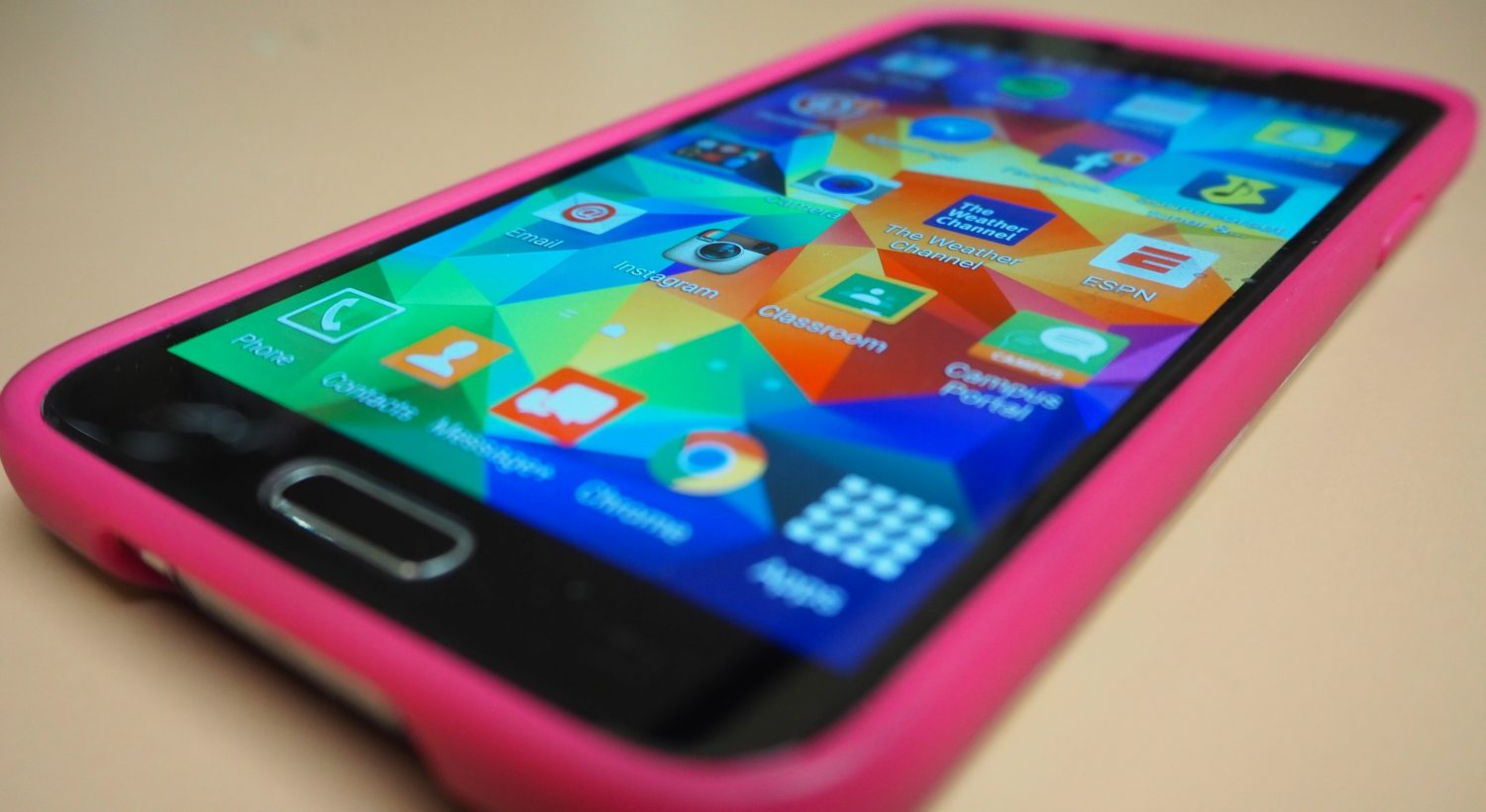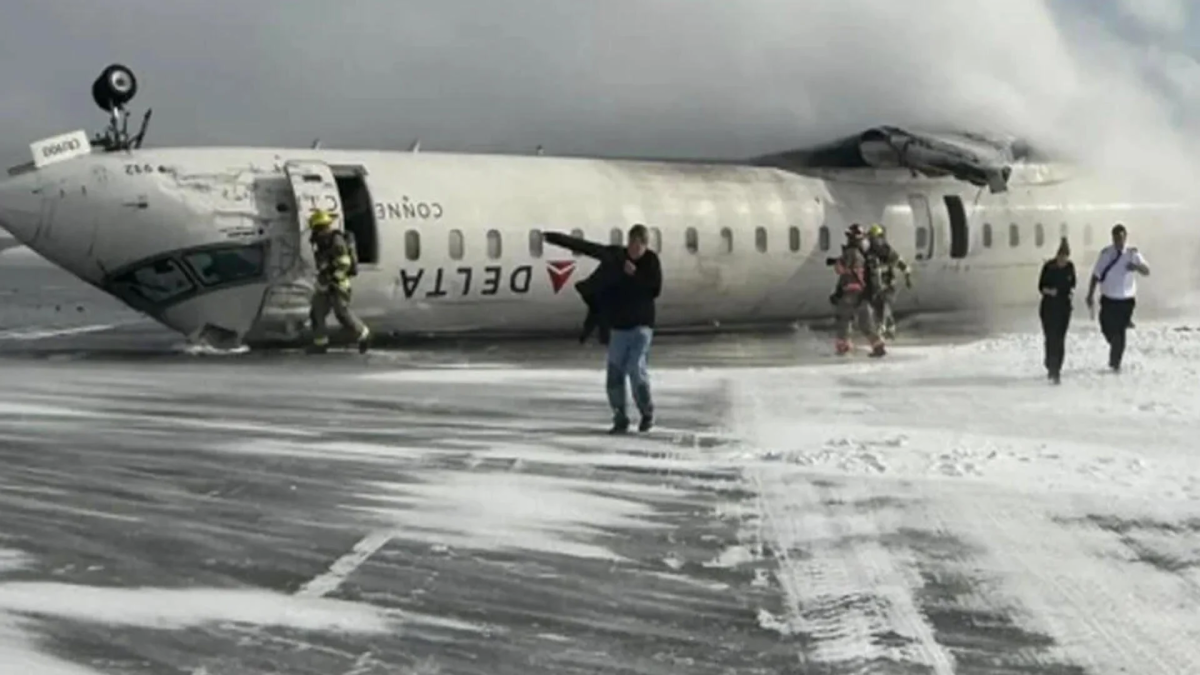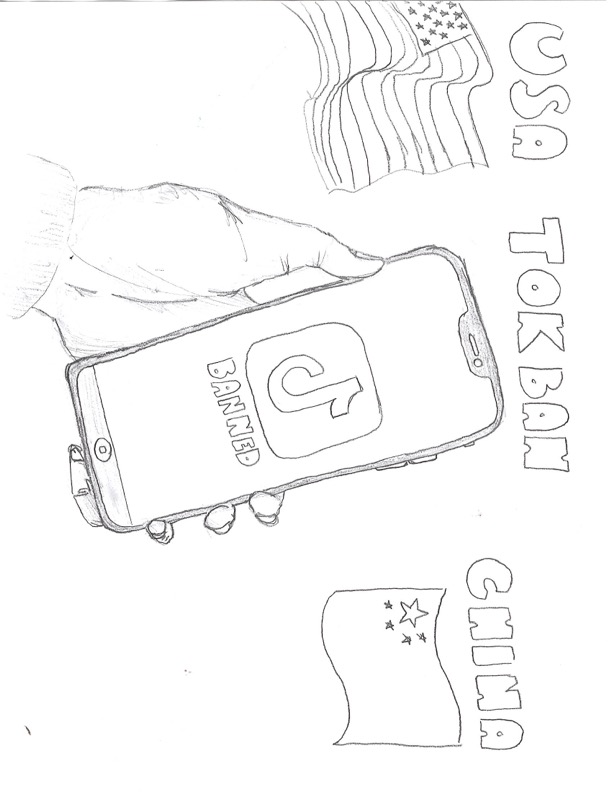Pros and Cons of Social Media
Social media is widely debated in its role in both journalism and schools. Social media is definitely crucial for newspapers, especially high school publications. Because according to statistics, 27.8 % of the news people read is on social media. This number is slightly smaller than information read from print newspapers at 28.8%. Other statistics show that 57% of teenagers said they made friends on social media. Also, statistics say when students have access to the Internet, 50% said they used social media to talk about homework and 59% of students use social media to talk about educational topics. Whether social media has a positive or negative effect or both, it is ingrained in today’s society, journalism and schools.
Pros
Opinion Editor of the Montana State Exponent, Haley Cox said there is a place for social media in student journalism. She said, “I think that being online is more convenient nowadays. I won’t say print is bad, we reach 9,000 viewers through it. Social media is more personal and quicker. We live in a generation of instant gratification. If we want the news to reach people we need to extend ourselves to a platform that our target audience is using. It’s important to keep up with the times and get people our newspaper.” Social media is as common to the current generation of teenagers as print is to older generations. Because of being raised with constant and instant access to information, teenagers of today need their news just as fast as well. Cox compared the differences between the presence of social media after 9/11 and after the Paris attacks and she said, “The world was connected to those people and those stories creates a more empathic and caring world towards other countries social media allows that for us.” Social media allows the world to interact and be connected much more than the past, creating more empathy between foreign countries and people when a crisis strikes.
Jack Kennedy, Executive Director of the Colorado Student Media Association, agrees with Cox that social media plays an important role in journalism. He said, “how can there not be a place for social media in schools and in journalism? Websites are on their way out for communication among young people, particularly. Schools need their own Facebook, Instagram and Twitter accounts to quickly reach the community. So do student media.” Kennedy said how any form of social media can be misused just as easily as it can be used as a way to reach a larger audience for journalism; which is why he said the sexting scandal at Canon City High School is hardly breaking news. Likewise, he said social media and print journalism have many of the same pros and cons. He said, “Social media platforms are additional ways to share news, opinion and entertainment… they have the same promise and the same perils as print journalism.” Also, social media can be used in criminal investigations if the criminal left a breadcrumb trail online. For instance, a gunman killed three people and injured nine at a Planned Parenthood in Colorado Springs on Nov. 27. Kennedy said, “I see that the latest wacko shooter, in Colorado Springs, has left a trail online, and news outlets are investigating him through various searches. It’s a bit spotty, but it can point reporters in useful directions. School and pro media are using social media to crowdsource photos, videos, opinions, etc. That seems fine, though everything needs a bit of editing to help make all that information make sense.”
Cons
Currently, social media has created great conflict at Canon City High School in Canon City, Colorado. Hundreds of students at Canon City High School are being investigated for sexting as of early Nov. this year. The students used an app that appeared as a calculator, but doubled as a way to spread nude photos. The police are going through each student involved and determining whether they will have to register as sex offenders or be charged with child pornography. 10 year Principal of Canon City High School, Brett Meuli, said when he first found out he felt “disbelief and deeply rooted hurt. Something had been going on for a few years and it had hurt a lot of people. It was ethically wrong and morally wrong.” Meuli said most of the students involved did not think they would ever get caught. As of now, cell phones are not banned at Canon City High School. Meuli said it is possible that sexting is occurring in many high schools and in this generation because “I think the biggest reason is that teenagers have grown-up with cell phones that allow texting, instant messaging, sharing on Facebook, etc. This has lead to a belief that everything is okay via those same media lines. Additionally, parents are several steps behind in monitoring cell phones and keeping up with Facebook. Parents are actually relying on their kids for tech assistance with cell phones, which adds to the entitlement feeling that teenagers have about sexting.” Teenagers have grown up with cell phones and social media as a constant part of their day-to-day lives. This easy accessibility makes it seem OK to sext, especially when kids know much more about technology than their parents so it is easy to get away with it. As far as future generations go, he said, “Today sending a picture of ourselves and not knowing when someone is going to see it and not being there when they do makes it less embarrassing and somehow at least partly justifiable.” The common theme of not communicating face-to-face with social media makes sexting easy for teenagers.
Up in northern Colorado, Eaton High School has faced both the positives and negatives in social media. Vice Principal Rick Kaufman said, “Yes, there is a place for social media in schools. I know that there are coaches that communicate with their athletes through social media. There are teachers that will deal with their students through social media. There are ways to use it appropriately, but you are bound to what are the ethics of the individual using. That’s what it distills down to. Personally, I don’t do social media, because if I have something to say, I will call you, I will have a meeting, or it will be a face-to-face thing.” Kaufman enforces that the misuse of social media is solely up to the integrity of the user. However, teachers and coaches benefit from social media because it is the quickest way to communicate with their students and teams. As far as cons of social media go, Kaufman said, “I’m always dealing with the negatives. The last fight we had in this building was two girls, and it was because a parent had stirred the pot through social media.” Social media can definitely be the instigator of conflict. Kaufman also said it is impossible to eliminate the bad features of social media that result in causing incidences like at Canon City High School. He said it was nothing to do with the media itself, but the people using the social media. Kaufman said, “If you have got negative people, they are going to take something that may be construed or used positively, and use it for negative purposes.”









